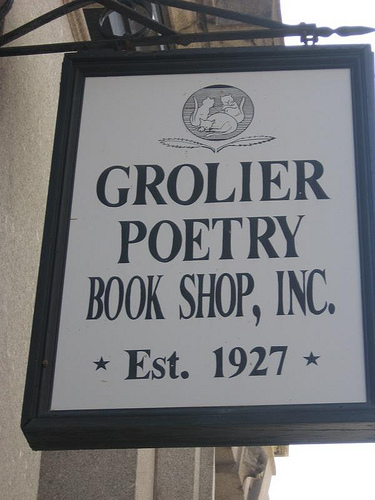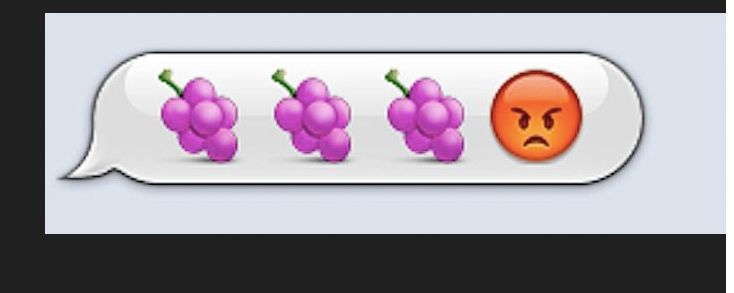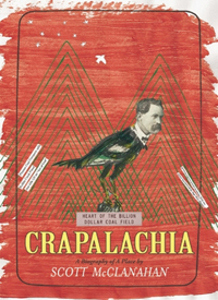Name the number one problem with smartphone cameras. If you picked "nighttime photos,oral sex for her video" we agree: While smartphone cameras have improved by orders of magnitude in the last decade, due to the constraints of their tiny lenses, low light conditions are still their Achilles' heel.
But a Google researcher might have a software solution to that problem -- one that actually works, that is.
SEE ALSO: Samsung has unveiled the new Galaxy S8, and it's beautifulFlorian Kainz, who works as a software engineer at Google's Daydream team, has developed a technique that let him take photos in very dark conditions with the Google Pixel and Google Nexus 6P phones and get results that are comparable to photos taken with a DSLR on a tripod.
To do this, Kainz basically uses burst photography to take a lot of shots of the same scene, and then analyzes the resulting photos to remove sensor noise. His solution builds on the work of another Google researcher, Marc Levoy, and his experimental SeeInTheDark app, but Kainz has taken it a few steps further -- check out the details here.
In practice, Kainz built a simple camera app for Android that gives him control over several key parameters like exposure time, ISO and focus distance.
Instead of taking a single photo, the app takes a large number of photos -- up to 64 -- in a short period of time. The individual photos, taken in conditions ranging from moon lit night scenes to near-total darkness, were grainy.
But when Kainz computed the mean of all the frames, and accounted for some of the movement in the photos (such as the movements of the stars in the sky), he managed to get very clear and beautiful outdoors photos, comparable to those taken with a DSLR camera.
 Original image has been replaced. Credit: Mashable
Original image has been replaced. Credit: Mashable There's still a long way to go before all this can be turned into a one-click solution.
"Arriving at the final images required a lot of careful post-processing on a desktop computer, and the procedure is too cumbersome for all but the most dedicated cellphone photographers.
"However, with the right software a phone should be able to process the images internally, and if steps such as painting layer masks by hand can be eliminated, it might be possible to do point-and-shoot photography in very low light conditions," Kainz wrote in a blog post.
And there are other obstacles; this approach only works if the cellphone is resting on the ground or is mounted on a tripod, so it won't help much with your blurry, indoors birthday photos.
Still, the results are promising; while Kainz did most of the work by hand, it's not very hard to imagine most of this process being automated and making its way to a widely-available camera app.
Check out an album of Kainz's photos processed using this technique.
Topics Google
(Editor: {typename type="name"/})
 Watch Chappell Roan's Grammy acceptance speech demanding healthcare for artists
Watch Chappell Roan's Grammy acceptance speech demanding healthcare for artists
 Reddit suffers partial outage amid blackout protests
Reddit suffers partial outage amid blackout protests
 House of Poesy: At the Grolier Poetry Book Shop by Rhoda Feng
House of Poesy: At the Grolier Poetry Book Shop by Rhoda Feng
 'Euphoria' star Lukas Gage stays classy after a director's Zoom fail
'Euphoria' star Lukas Gage stays classy after a director's Zoom fail
 Trump who? Tech giants join massive effort to uphold Paris Agreement
Trump who? Tech giants join massive effort to uphold Paris Agreement
Meta deletes all AI character profiles on Facebook, Insta after backlash
 Meta has shut down its AI character accounts after backlash, NBC News and others have reported.While
...[Details]
Meta has shut down its AI character accounts after backlash, NBC News and others have reported.While
...[Details]
Trump tweeted that Biden won and everyone thought he finally conceded
 Donald Trump finally admitted that Joe Biden won the 2020 presidential election. Well, sort of.On Su
...[Details]
Donald Trump finally admitted that Joe Biden won the 2020 presidential election. Well, sort of.On Su
...[Details]
Meet Your Literary Hero, and Other News by Sadie Stein
 Meet Your Literary Hero, and Other NewsBy Sadie SteinFebruary 20, 2013On the Shelf#IWishICouldMeet,
...[Details]
Meet Your Literary Hero, and Other NewsBy Sadie SteinFebruary 20, 2013On the Shelf#IWishICouldMeet,
...[Details]
Emoji Classics, and Other News by Sadie Stein
 Emoji Classics, and Other NewsBy Sadie SteinFebruary 21, 2013On the ShelfBrace yourselves: great boo
...[Details]
Emoji Classics, and Other NewsBy Sadie SteinFebruary 21, 2013On the ShelfBrace yourselves: great boo
...[Details]
Trump's foreign aid freeze halts funding for digital diplomacy bureau
 Shortly after taking office, President Donald Trump signed an executive order that effectively put a
...[Details]
Shortly after taking office, President Donald Trump signed an executive order that effectively put a
...[Details]
Anaïs Nin on Heroes by Sadie Stein
 Anaïs Nin on HeroesBy Sadie SteinFebruary 21, 2013Video & MultimediaFebruary 21 is the anniversa
...[Details]
Anaïs Nin on HeroesBy Sadie SteinFebruary 21, 2013Video & MultimediaFebruary 21 is the anniversa
...[Details]
Trump tweeted that Biden won and everyone thought he finally conceded
 Donald Trump finally admitted that Joe Biden won the 2020 presidential election. Well, sort of.On Su
...[Details]
Donald Trump finally admitted that Joe Biden won the 2020 presidential election. Well, sort of.On Su
...[Details]
Emoji Classics, and Other News by Sadie Stein
 Emoji Classics, and Other NewsBy Sadie SteinFebruary 21, 2013On the ShelfBrace yourselves: great boo
...[Details]
Emoji Classics, and Other NewsBy Sadie SteinFebruary 21, 2013On the ShelfBrace yourselves: great boo
...[Details]
Did Elon Musk push former FAA leader out? Trump admin responds after deadly plane crash
 In the late evening hours of Jan. 29, a U.S. Army helicopter collided with a descending American Air
...[Details]
In the late evening hours of Jan. 29, a U.S. Army helicopter collided with a descending American Air
...[Details]
Reddit CEO Steve Huffman doubles down on API changes
 Many Redditors are still up in arms about Reddit's recent API changes, but CEO Steve Huffman isn't b
...[Details]
Many Redditors are still up in arms about Reddit's recent API changes, but CEO Steve Huffman isn't b
...[Details]
Precursors to Today's Technology: These Products Had the Right Vision

What We’re Loving: Crapalachia, Welty, Animalia by The Paris Review

接受PR>=1、BR>=1,流量相当,内容相关类链接。